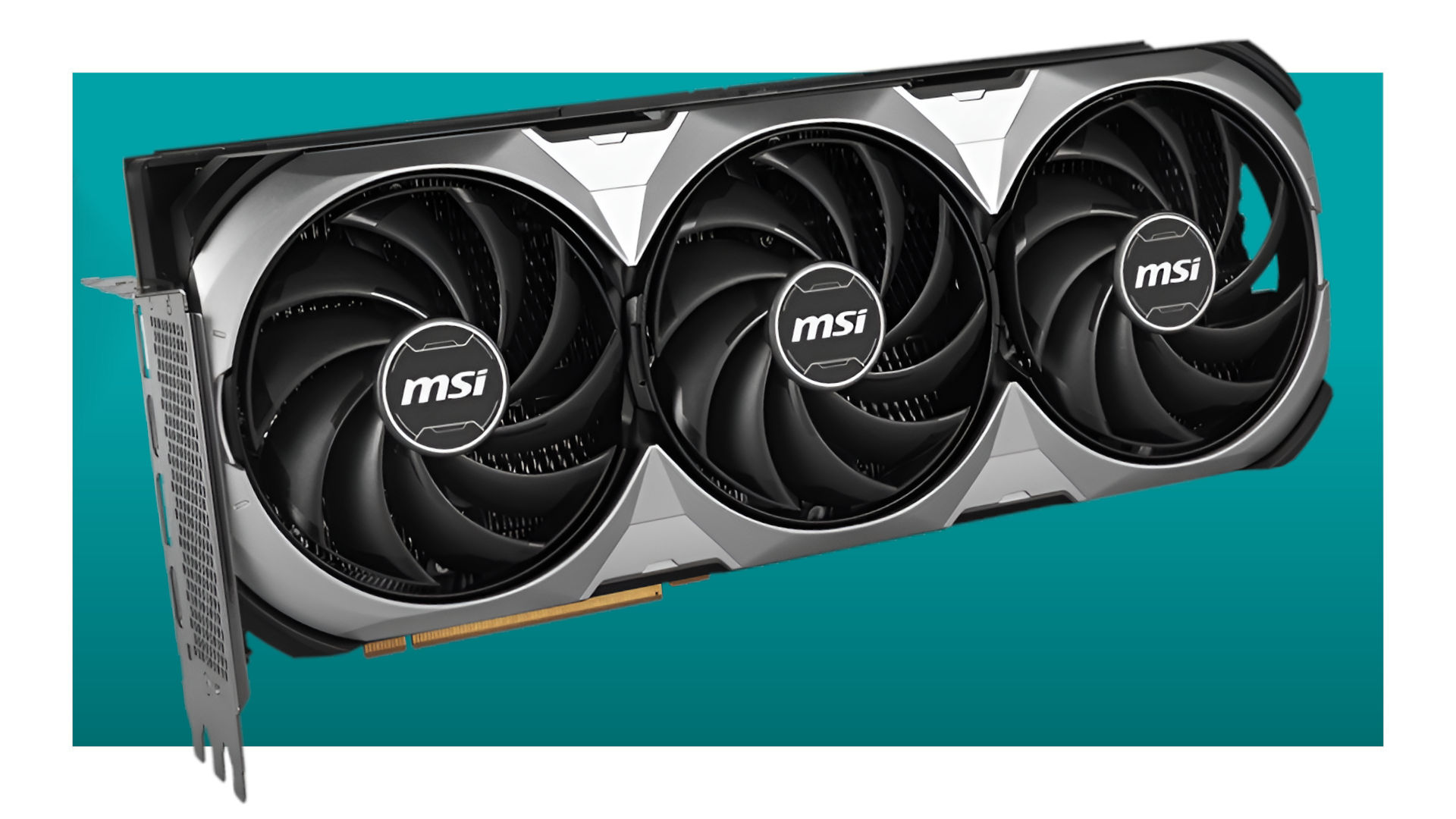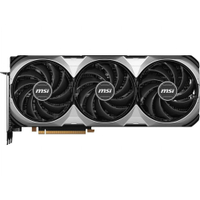Grab this mighty fast RTX 4080 Super and save more than $140 off the MSRP
Nvidia's second-most powerful GPU will barnstorm through 4K gaming like it's a walk in the park.

MSI RTX 4080 Super | 16 GB GDDR6 | 10,240 CUDA Cores | 2,595 MHz boost | $1,029.99 $855.99 at Walmart (save $174)
With an MSRP of $999, the RTX 4080 Super is a better deal than the original RTX 4080. It's still a lot of money, though, but a deal like this one makes it a very tempting purchase.
RTX 4080 price check: Amazon $958 | Best Buy $959.99 | Newegg $959.99
When Nvidia launched the GeForce RTX 4080 Super earlier this year, we were pleased to see that its MSRP was lower than the original RTX 4080's—$999 instead of $1,199 was a much nicer deal. But given that it was only a fraction quicker, the RTX 4080 Super still felt like it wasn't great value for money.
But this MSI deal goes a long way to counter that and has more than $140 shaved off the Super's suggested retail price.
So what exactly are you getting for your $856? As with all of the current Nvidia RTX 40-series, it's powered by the Ada Lovelace architecture, which is well regarded for being light on power consumption but heavy on the gaming chops. The RTX 4080 Super sports 10,240 CUDA cores (you can just call them shaders, if you like) and this MSI model's boost clock of 2,595 MHz means it has a peak FP32 throughput of 53.1 TFLOPS.
If you're not sure if that's a lot, only the Radeon RX 7900 XTX and RTX 4090 are higher (61.4 and 82.6 TFLOPS, respectively).
The RX 7900 XTX is a good GPU to compare the RTX 4080 Super against because this MSI model is cheaper than AMD's best GPU by a little over $50. While the Radeon card has more VRAM (24 vs 16 GB) and is a bit faster in games using standard rasterization, the RTX 4080 Super is considerably quicker when ray tracing is being used.
And then you've got the full DLSS 3.5 feature set of the RTX card. Both GPUs support upscaling and frame interpolation for boosting performance, but Nvidia's AI-powered systems are generally better especially its frame generation system. In terms of performance, there's not much to separate them, but DLSS arguably produces better-looking results.
Something else that the RTX 4080 Super is better at is managing its power consumption. On paper, there's not much to separate them, with the Nvidia card having a 320 W limit and the Radeon topping out at 355 W. However, in actual gaming, the Ada Lovelace chip generally stays around the 300 W mark, whereas the RDNA 3 processor heads north of 340 W.
That makes it a little easier for the graphics card's cooler to keep things...err...cool and more importantly, it means the RTX 4080 Super is generally the quieter of the two cards.
At $999, the GeForce RTX 4080 Super is a great but expensive graphics card, but with this deal, it's a much nicer prospect. It's still a lot of money, of course, but until the next generation of GPUs arrives from AMD, Intel, and Nvidia, it's as good as it gets right now.
The biggest gaming news, reviews and hardware deals
Keep up to date with the most important stories and the best deals, as picked by the PC Gamer team.

Nick, gaming, and computers all first met in 1981, with the love affair starting on a Sinclair ZX81 in kit form and a book on ZX Basic. He ended up becoming a physics and IT teacher, but by the late 1990s decided it was time to cut his teeth writing for a long defunct UK tech site. He went on to do the same at Madonion, helping to write the help files for 3DMark and PCMark. After a short stint working at Beyond3D.com, Nick joined Futuremark (MadOnion rebranded) full-time, as editor-in-chief for its gaming and hardware section, YouGamers. After the site shutdown, he became an engineering and computing lecturer for many years, but missed the writing bug. Cue four years at TechSpot.com and over 100 long articles on anything and everything. He freely admits to being far too obsessed with GPUs and open world grindy RPGs, but who isn't these days?


